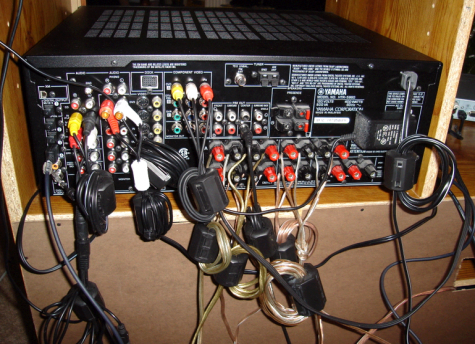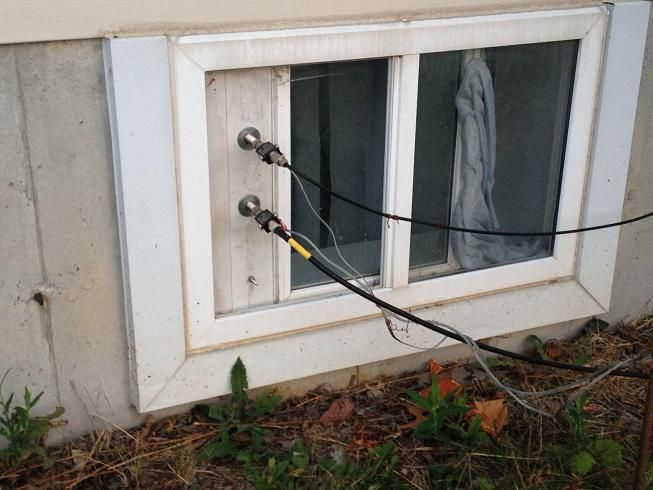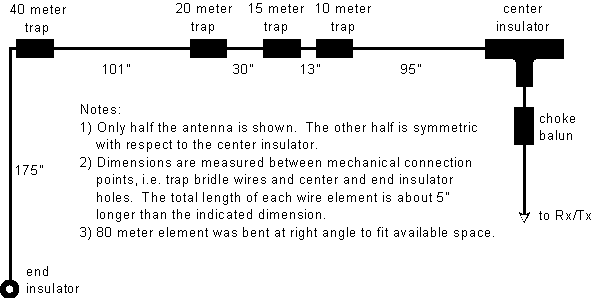This was installed at a previous qth i will be the first or millionth remember i m from fl to affirm that the antenna is the determining factor for success when it comes to one s station set up.
Attic dipole fire.
Potentially flammable material as i didn t want any arcing to create a fire risk.
Antennas in the attic are a fire hazard this is one of my most favorite excuses because the factual case of a fire hazard is nearly impossible to make.
You should attempt to maintain symmetry in the system by bending the ends of the antenna in equal amounts.
The better your antenna the more success you will have making contacts.
The fema document previously mentioned states that a whopping 43 of all residential attic fires are caused by electrical malfunction.
When circuits are overloaded and the breaker fails to respond appropriately the excess draw could result in a fire.
Here s the first attempt at a design.
I ve been using attic dipoles since i started shortwave listening in the mid 1970s.
Loft attic antennas for restricted spaces.
If the attic area is not large enough to accommodate an almost full size dipole simply erect as much of the antenna as possible in a straight line then bend the ends of the dipole up down or sideways from the main portion of the system.
The single most common cause of residential attic fires is electrical malfunction.
The first antenna was a simple zigzag dipole which i fastened to the roof spars using electric fence.
I installed the liquid tight conduit from my mechanical room to the attic of the house fire sealing all structural penetrations to ensure maximum safety while meeting code for electrical work which is not technically required in this case but is a best practice.
It works quite well or at least good enough for me.
Hidden attic dipole antenna installation.
Mac af4ps fp 51 note.
Posted on 2015 12 24 by james.
A coaxial cable trap dipole antenna installed in the attic provides a surprisingly effective solution to hf operation on the 10 15 20 30 40 and 80 meter amateur bands at a qth with restrictive covenants that prohibit outside.


























